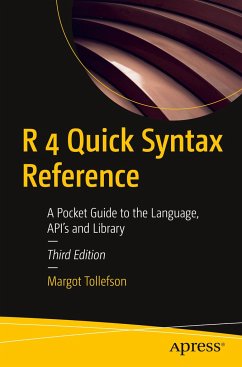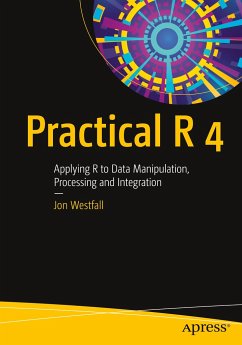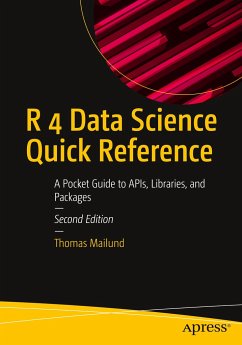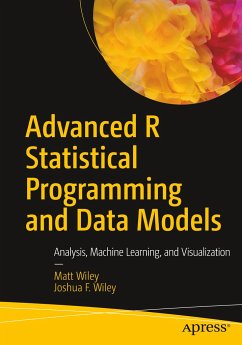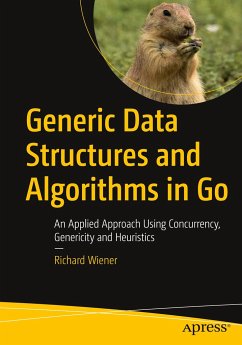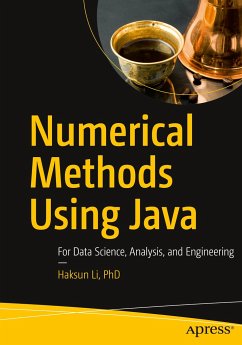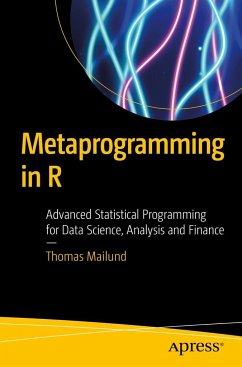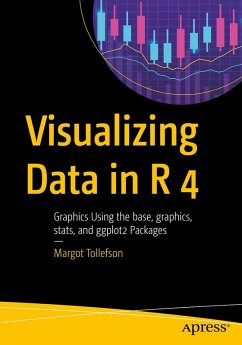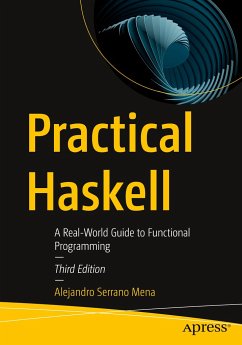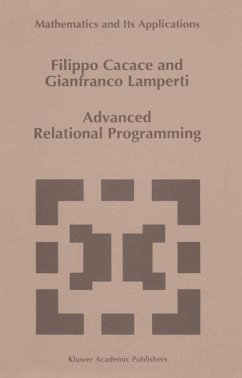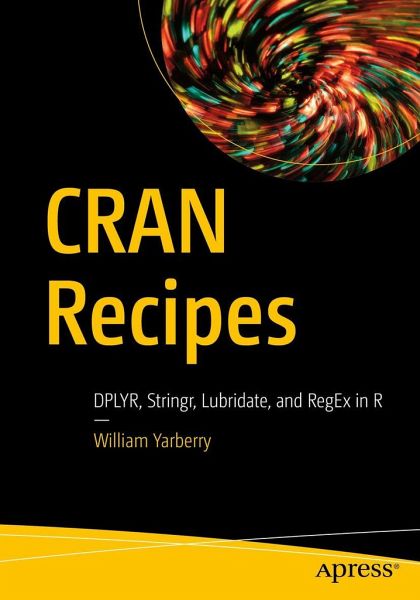
Cran Recipes
Dplyr, Stringr, Lubridate, and Regex in R

PAYBACK Punkte
25 °P sammeln!
Want to use the power of R sooner rather than later? Don't have time to plow through wordy texts and online manuals? Use this book for quick, simple code to get your projects up and running. It includes code and examples applicable to many disciplines. Written in everyday language with a minimum of complexity, each chapter provides the building blocks you need to fit R's astounding capabilities to your analytics, reporting, and visualization needs.CRAN Recipes recognizes how needless jargon and complexity get in your way. Busy professionals need simple examples and intuitive descriptions; side...
Want to use the power of R sooner rather than later? Don't have time to plow through wordy texts and online manuals? Use this book for quick, simple code to get your projects up and running. It includes code and examples applicable to many disciplines. Written in everyday language with a minimum of complexity, each chapter provides the building blocks you need to fit R's astounding capabilities to your analytics, reporting, and visualization needs.
CRAN Recipes recognizes how needless jargon and complexity get in your way. Busy professionals need simple examples and intuitive descriptions; side trips and meandering philosophical discussions are left for other books.
Here R scripts are condensed, to the extent possible, to copy-paste-run format. Chapters and examples are structured to purpose rather than particular functions (e.g., "dirty data cleanup" rather than the R package name "janitor"). Everyday language eliminatesthe need to know functions/packages in advance.
What You Will Learn
Carry out input/output; visualizations; data munging; manipulations at the group level; and quick data explorationHandle forecasting (multivariate, time series, logistic regression, Facebook's Prophet, and others)Use text analytics; sampling; financial analysis; and advanced pattern matching (regex)Manipulate data using DPLYR: filter, sort, summarize, add new fields to datasets, and apply powerful IF functionsCreate combinations or subsets of files using joinsWrite efficient code using pipes to eliminate intermediate steps (MAGRITTR) Work with string/character manipulation of all types (STRINGR)Discover counts, patterns, and how to locate whole wordsDo wild-card matching, extraction, and invert-matchWork with dates using LUBRIDATEFix dirty data; attractive formatting; bad habits to avoid
Who This Book Is For
Programmers/data scientists with at least some prior exposure to R.
CRAN Recipes recognizes how needless jargon and complexity get in your way. Busy professionals need simple examples and intuitive descriptions; side trips and meandering philosophical discussions are left for other books.
Here R scripts are condensed, to the extent possible, to copy-paste-run format. Chapters and examples are structured to purpose rather than particular functions (e.g., "dirty data cleanup" rather than the R package name "janitor"). Everyday language eliminatesthe need to know functions/packages in advance.
What You Will Learn
Carry out input/output; visualizations; data munging; manipulations at the group level; and quick data explorationHandle forecasting (multivariate, time series, logistic regression, Facebook's Prophet, and others)Use text analytics; sampling; financial analysis; and advanced pattern matching (regex)Manipulate data using DPLYR: filter, sort, summarize, add new fields to datasets, and apply powerful IF functionsCreate combinations or subsets of files using joinsWrite efficient code using pipes to eliminate intermediate steps (MAGRITTR) Work with string/character manipulation of all types (STRINGR)Discover counts, patterns, and how to locate whole wordsDo wild-card matching, extraction, and invert-matchWork with dates using LUBRIDATEFix dirty data; attractive formatting; bad habits to avoid
Who This Book Is For
Programmers/data scientists with at least some prior exposure to R.





